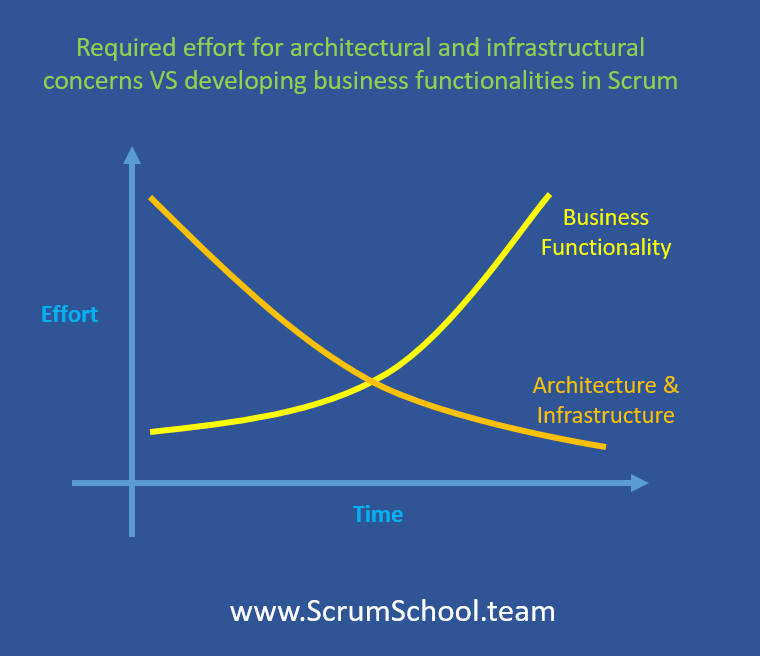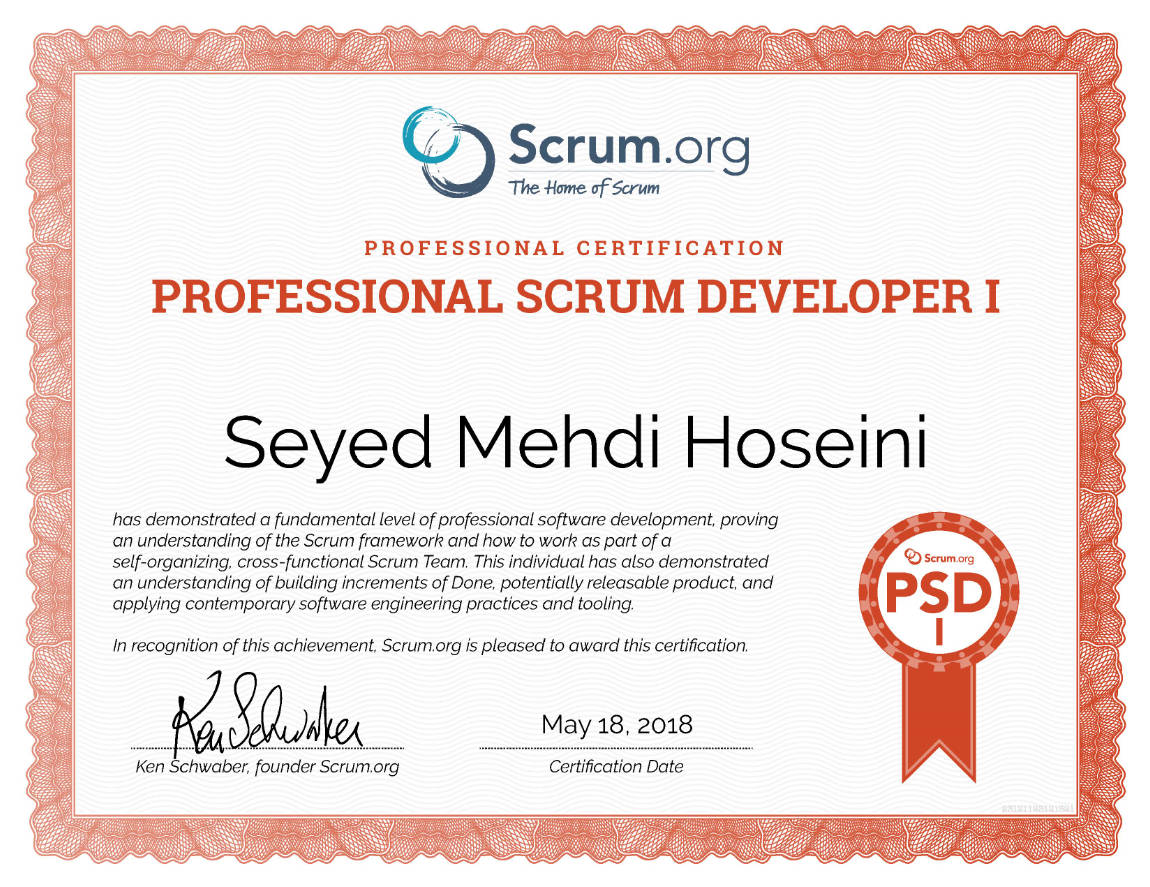Many Scrum developers and players are interested in knowing how to manage architectural and infrastructural concerns in Scrum. So, I have decided to explain it through this blog post.

Scrum developers manage architectural and infrastructural concerns
I almost always find that most Scrum developers and players ask about managing architectural and infrastructural concerns in Scrum. So, I have decided to explain it through a blog post. For managing these concerns, the Development Team should have some guidelines for deciding and handling architectural and infrastructural concerns. They should handle these concerns as a part of other Product Backlog Items during each Sprint. So they should pay for them incrementally or as enough as possible. This effort is just for finishing the forecasted Product Backlog Items of the Sprint.
Doing a lot upfront, to make a comprehensive architecture at the beginning of the project is a type of waste. Handling architecture should be done continuously based on the learnings that emerge during the Sprints. It is obvious that it uses more efforts at the early Sprints and decreases during the middle and last Sprints.
On the other hand, during each Sprint, the team should try to produce at least one releasable business functionality. This behavior’s main goal is gathering feedback from customers. Therefore, adding architectural and infrastructural items to the Product Backlog in order to do in the early Sprints is another valid policy.
Who is responsible?
In addition, the Development Team is cross-functional and has all required skills for producing releasable functionality and doing all technical works e.g. architectural and infrastructural concerns, design, develop, test and etc. It should be emphasized that doing these concerns through a separate team, sub-team or having a dependency on outside resources are not acceptable ways.
We have produced a training manual and a few practice assessments for all candidates who want to participate in the PSD I (Professional Scrum Developer) exam. You can find reliable answers there for many development and technical concerns.

